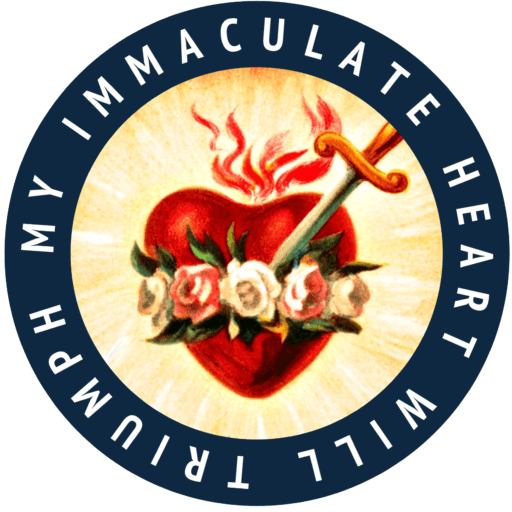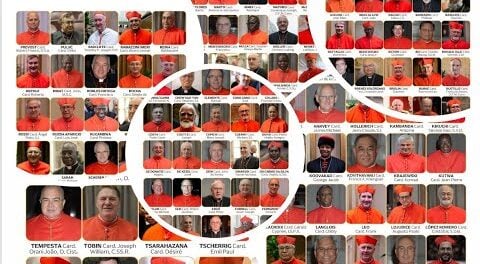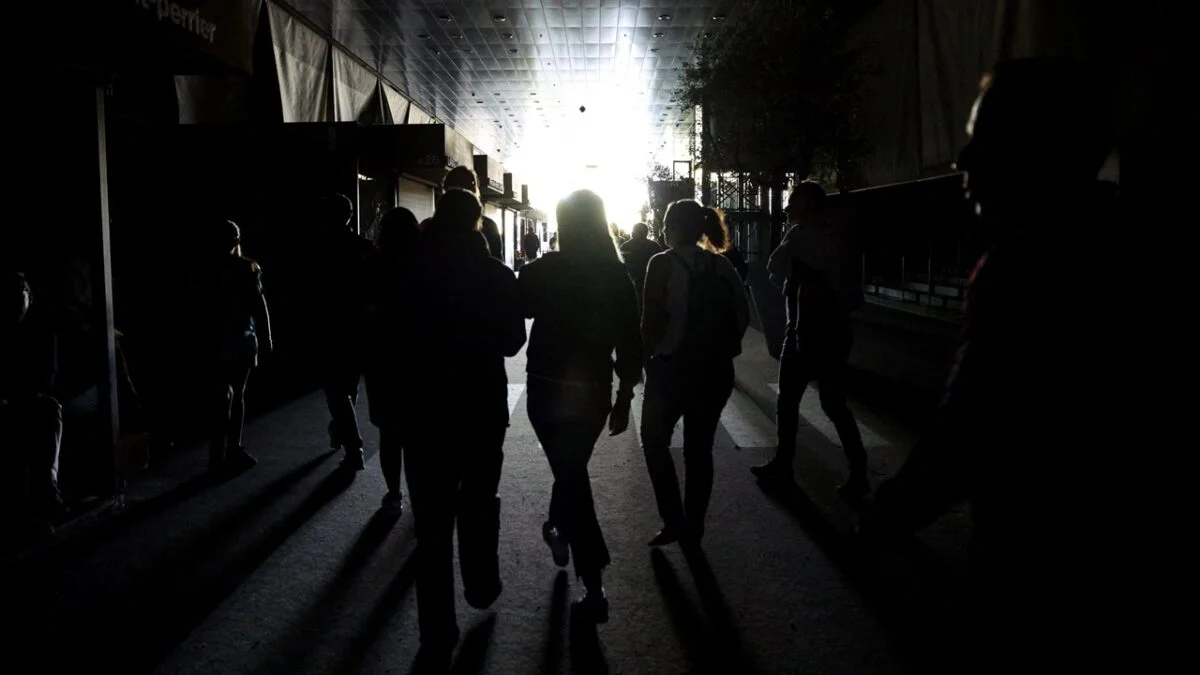Sixty years after the death of Flannery O’Connor (August 3, 1964), the small Georgia church where she was a daily Communicant continues to focus on that which was perhaps most important to her: the Eucharist.
Sacred Heart Church in Milledgeville, about a 10-minute drive from Andalusia, where O’Connor wrote most of her novels and short stories, is the spiritual home for some 340 Catholic families today. In some ways, the parish still faces the kind of challenge it did in O’Connor’s day: to strengthen the faith of its members in the face of a predominantly “Bible Belt” culture. Faithful Catholics are not wholeheartedly embraced in many Evangelical, Protestant, and fundamentalist circles, and those who are not well-formed in their faith are seen as easy prey.
But even before the Ethan Hawke film Wildcat brought renewed attention to Flannery O’Connor – without downplaying her strong Catholic faith – and before “The Chosen” star Jonathan Roumie appeared on stage at the National Eucharistic Congress sporting a t-shirt with a famous Eucharistic quote from “F. O’Connor,” Sacred Heart was intent on strengthening its parishioners’ relationship with the Source and Summit of Christian Life.
“For Flannery O’Connor, the Eucharist was the center of her life,” said Fr. Bryan Kuhr, Sacred Heart’s 43-year-old pastor. “She was a daily Mass-goer, and that source of grace helped her carry that cross” of living with the disease that ultimately killed her at 39 – lupus.
Adoration in a culture that doesn’t recognize Eucharist
Fr. Kuhr encourages parishioners to spend more time in Eucharistic adoration. When he was appointed to Sacred Heart in 2023, he expanded adoration to all day on Fridays and restored the practice of a Corpus Christi Eucharistic procession in town.
“People, when they’re not devoted [to the Eucharist], don’t realize the gift that we’ve been given,” he told Aleteia on a recent visit to the church. “I think there’s a lot of pressure, especially in a small town like this, to come to the Baptist church or the feel-good megachurch. And we have a lot of fallen-away Catholics.”
Victoria Basilio, who wrote a history of the parish for its 150th anniversary this year, said plainly,
“We have to fight for our children to remain Catholic. It is a constant battle because they usually find themselves the only Catholic in their grade. There’s very strong peer pressure on them to not be Catholic.”
Basilio and her husband, Deacon Cesar Basilio, were youth ministers at Sacred Heart for many years. “The way we countered [the lure of non-Catholic congregations in town] was we built a youth group that was not only strong in the faith but welcoming of their friends who were not Catholic, so that their friends came here rather than them going to their friends’ [churches]. And it worked. We kept our children Catholic.”
As someone who has researched Sacred Heart’s history, Basilio knows that the struggle is nothing new. She has found that “there were priests who were always exhorting the parishioners to remember that they are Catholic.”
Flannery’s pew
By all accounts, that was never a danger for Flannery O’Connor.
“She was a daily parishioner, and she was known to sit with her mother [Regina Cline O’Connor] in the front pew,” Victoria Basilio told Aleteia. “It was part of her daily routine. Every morning, she would come, start her day that way, and then after that return to Andalusia, where she would write. I understand that she was a very disciplined writer; she always made sure she would spend an hour or two writing something every day.”
The pew where Flannery and Regina sat and the Communion rail where they knelt are still in place in the smallish brick church. So is Flannery O’Connor Hall, next door. It was built in the mid-1950s, when the parish ended up in the territory of the new Diocese of Atlanta, which was carved out of the Diocese of Savannah; the social hall was renamed for the author in 1985.
In some respects, the entire parish could be named for O’Connor and her family, as so much of its history depended on them.
“For us at Sacred Heart, I guess her most felt influence is the fact that we have a church,” Basilio said. “It was through the generosity of her family that we have a church.”
Deep Georgia roots
The family tree goes back to the time of the first Catholic settlement in Georgia, in a small town called Locust Grove, about an hour to the northeast of Milledgeville. Georgia was the first state to enact religious freedom, so Catholics flocked to the area.
“Some of her ancestors were part of that community,” Fr. Kuhr said. “As the capital was being moved West, Catholics also started to move out.”
Milledgeville was Georgia’s capital from 1807 to 1868. The first Catholic resident of Milledgeville was Hugh Donnelly Treanor, Flannery O’Connor’s great-grandfather. It was in his room in the Newell Hotel that the first Catholic Mass on record was celebrated in April 1845.
When the state legislature voted to move the capital to Atlanta in 1868, local businesses in Milledgeville suffered. A March 25, 1871, editorial in a local newspaper, The Union Recorder, encouraged the building of a Catholic church to encourage “desirable immigrants” to settle here. “Many of the best mechanics and most useful citizens from abroad are Catholic,” the newspaper said.
Coincidentally, the date of the editorial, the feast of the Annunciation, would turn out to be the birthday – in 1925 – of Flannery O’Connor.
On March 30, 1873, a meeting of Milledgeville Catholics and other interested citizens was called with Flannery’s grandfather, Peter James Cline, presiding. The construction of a church was discussed and approved. The following month, according to The Union Recorder, advertisements for bids were issued, and a firm from Augusta was awarded the contract. Flannery’s great-grandmother, Mrs. Hugh Donnelly Treanor, paid for the land.
On February 8, 1875, the first wedding in the new church took place, between Peter J. Cline and Katie Treanor. The first funeral – the following year – was that of Mary Treanor, daughter of Hugh Treanor and Joanna Harty Treanor.
Sacred Heart was also for many years the center of missionary activity, sending priests to communities throughout central Georgia.
The Treanors donated the high altar in Sacred Heart in the 1890s.
Flannery’s will
The parish owes a debt to Flannery O’Connor’s family historically, but looking forward as well. When O’Connor died on August 3, 1964, her cousin Louise Florencourt donated a substantial amount of money to a foundation in the Archdiocese of Atlanta that assures that Sacred Heart is kept up, even if a growing congregation forces the parish to move to a larger church, said Victorial Basilio.






Leave a Reply